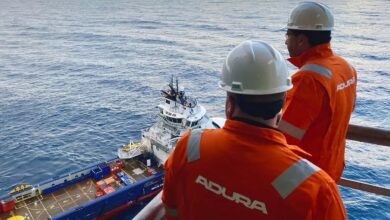Drillmar Resources announces strategic alliance with V.Ships Offshore
Drillmar Resources, and oil and gas recruitment specialist, has announced plans to expand their global recruitment and crew management capabilities through a strategic alliance with V.Ships Offshore.
With access to V.Ships’ international offshore marine service offering, the alliance will support Drillmar in extending its global footprint, while V.Ships offshore will add further specialized drilling and well services capability to their portfolio.
V.Ships Offshore is part of global ship management leader V.Group, with over 35 years’ experience in managing crew and vessels in multiple marine and offshore sectors.
“Drillmar and V.Ships Offshore are responding to the challenging market conditions which have been exacerbated by the effects of the coronavirus pandemic. We believe the collaboration in the form of a strategic alliance will provide a first-class Crew Management service to new and existing clients,” Steve Wilson, Managing Director of V.Ships Offshore, said.
“The alliance between Drillmar and V.Ships will allow both organisations to benefit from decades of mutual experience spanning both recruitment and the industry sectors we each serve,” said Raymond Bruce, Managing Director of Drillmar. “V.Ships has an extensive crew management network and collaboration will strengthen Drillmar’s international service offering, connecting us with even more markets, candidates and clients globally.”




